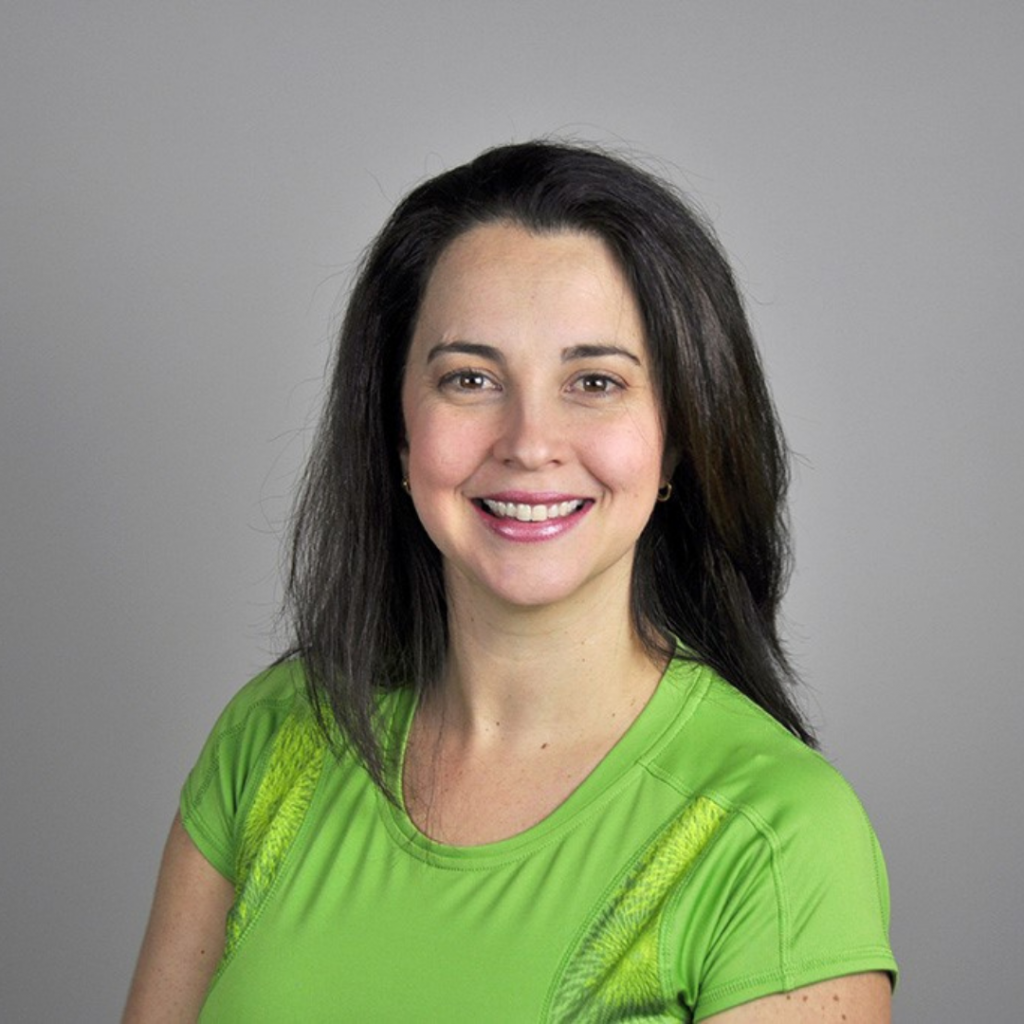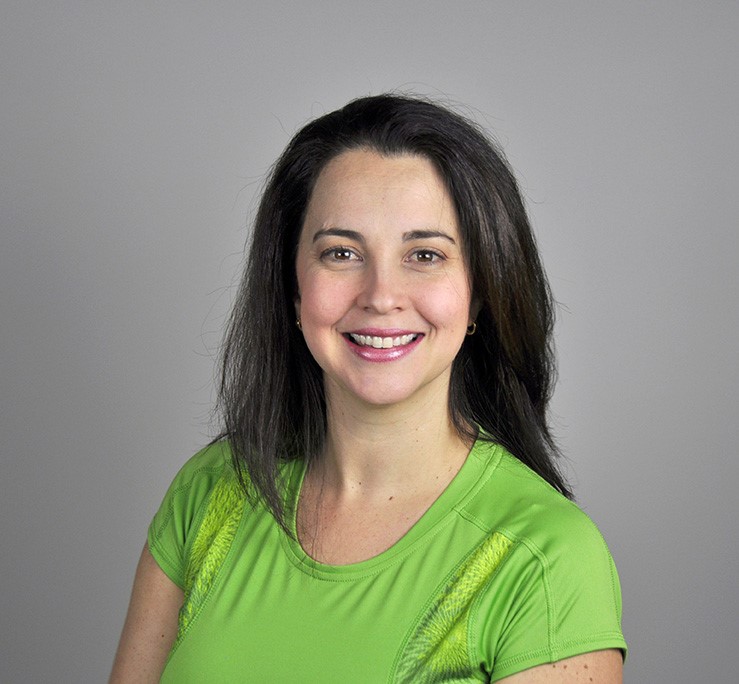
In 2008, a pivotal moment reshaped my approach to pediatric physiotherapy. Since the age of 13, my passion had been to assist children with cerebral palsy (CP). I became a pediatric physiotherapist, equipped with the “right” methods, initially confident in my abilities.
As my young patients transitioned into teenagers, their complex conditions yielded unsatisfactory progress, a common scenario in CP. Hip development emerged as a critical concern since many would eventually require orthopedic surgery for subluxation issues.
I spent years in a state-of-the-art biomechanical lab, analyzing pathological gait and post-hip surgery effects in CP patients. I thought I knew everything about hips and how to prevent surgeries or treat them after surgery. But that wasn’t the case. Frustrated with the outcomes I decided to explore alternative
approaches. That’s when I stumbled upon Leonid Blyum’s work in 2008.
A video of Leonid assessing a child with CP left me baffled. Holding only the ankle, he assessed hip movement, bypassing pelvic stabilization. This unconventional approach contradicted everything I knew. Leonid explained how the pelvis folded and sank inside the abdomen, with movement occurring outside the hip joint. Intrigued and perplexed, the following morning, I replicated the assessment on my first patient, confirming Leonid’s findings. Movement occurred outside the joint when I didn’t stabilize the pelvis. How was this possible? My biomechanical training failed to explain these phenomena, prompting a cascade of questions about joint mechanics, movement origins, and interconnectedness.
Why had no one introduced me to this before? Determined, I embarked on a journey to understand this new approach. Under Leonid’s guidance, I delved into biotensegrity, a paradigm shift that revolutionized my professional outlook and world perspective. My study of biotensegrity revealed the mysteries I encountered, offering logical answers to my questions.
No longer did I view children as mere collections of “problems” like brain injuries, spastic muscles, scoliosis, and contractures. Instead, I saw them as resourceful children who employed ingenious movement strategies, operating with remarkable efficiency, in a soft matter, self-healing, self-stabilizing
system. My role shifted from that of a “fixer” to an integral part of this intricate system, dedicated to nurturing their growth and development. Biotensegrity revealed the profound interconnectedness of the body and illuminated infinite possibilities for growth and healing. With this newfound perspective, I no longer fixated on the hips. Instead, I embraced the holistic approach that biotensegrity offered, empowering my patients on their unique and beautiful journeys.
A fuller version of this article appears in the Members’ Area. Click here to join our membership.
Mariana Barreto
Joining The Hub
There are many benefits to joining The Fascia Hub community. We will be continually revising and updating how we can better support our members. Of course, if you have any ideas or thoughts as to what you would like to see, then we would love to hear from you. Our membership proposition is continually evolving and changing to ensure that we bring you the best from the world of fascia. If there is something you would like to learn more about, please do drop us a line and let us know.

